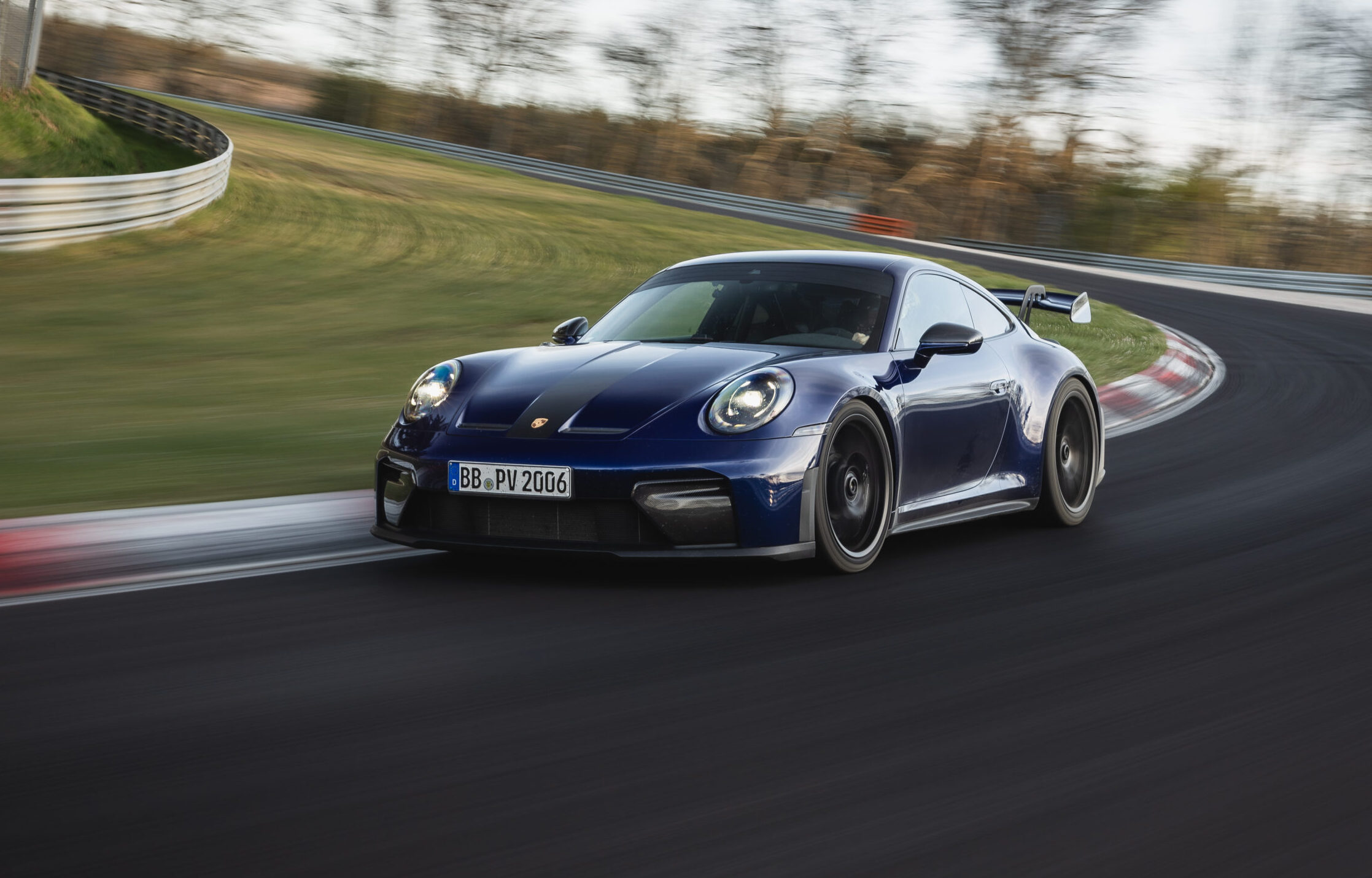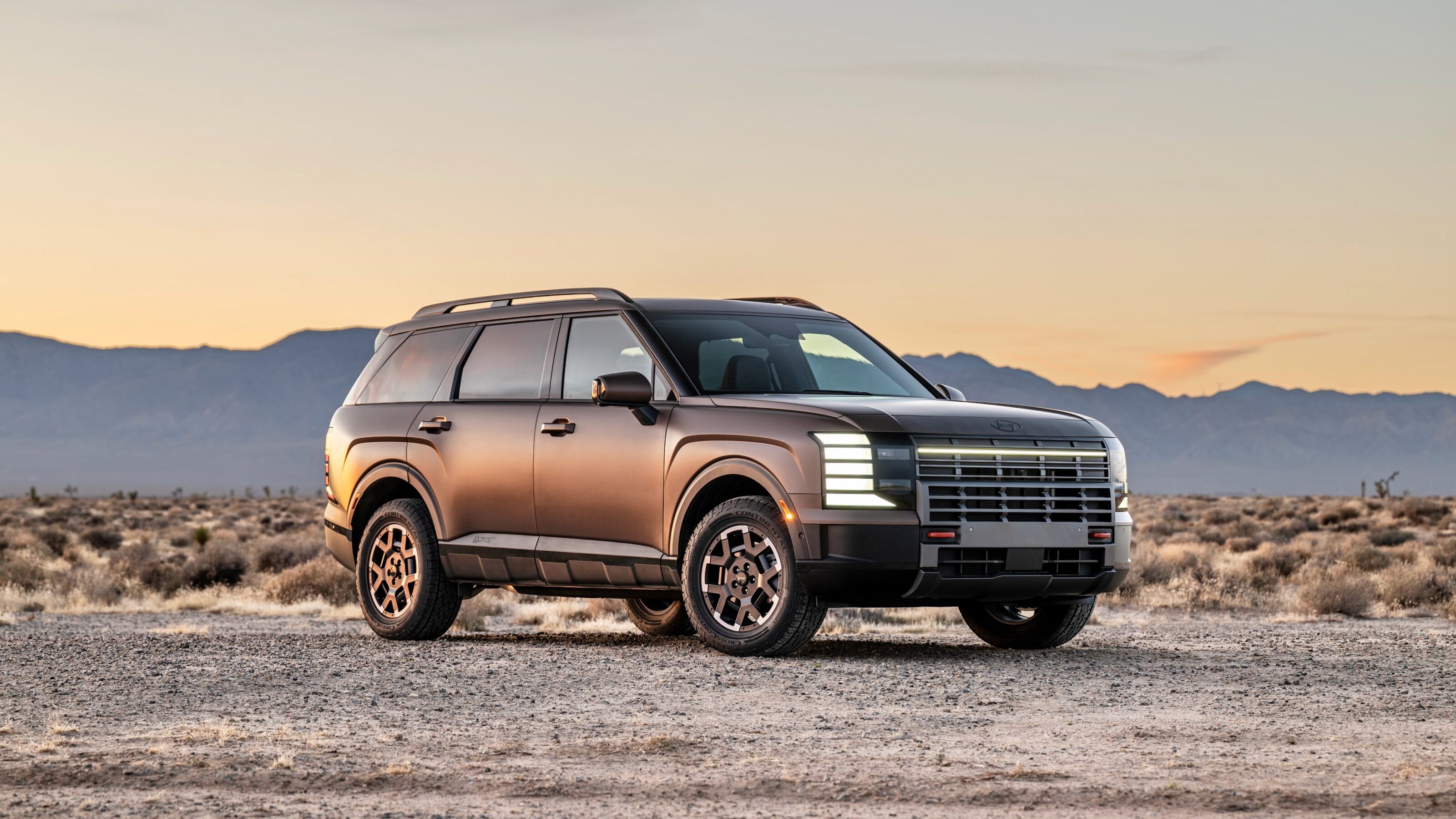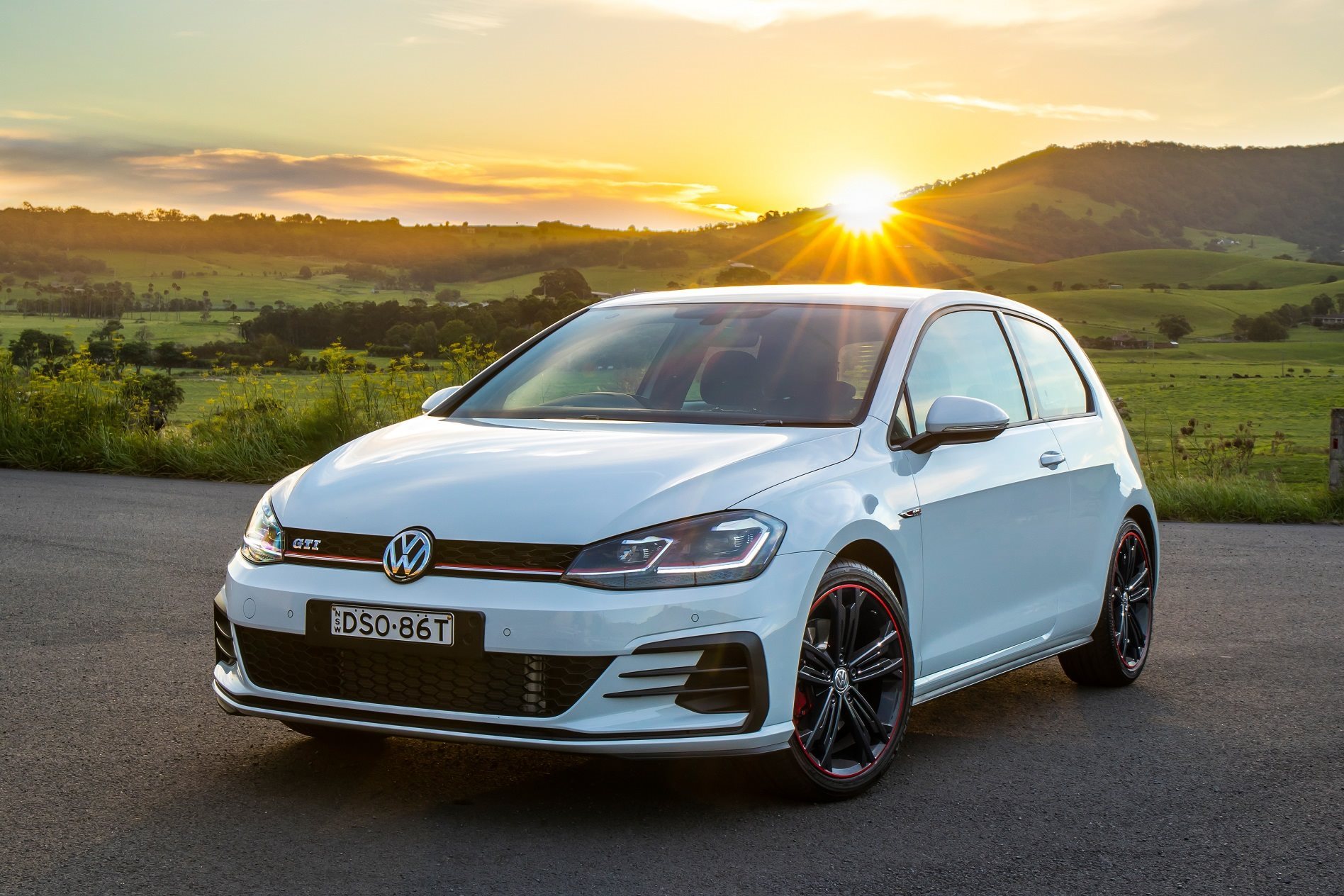
The Volkswagen Group’s recent review of Australia’s climate classification is paving the way for the company’s most potent and powerful models to head Down Under, whilst driving down the cost of more mainstream offerings.
Sister brand Skoda wasted no time exploiting the change of climate category from ‘hot and dusty’ to ‘moderately hot’, with the previously outlawed Kodiaq RS now slated for Australian launch this year, and it’s likely to be followed by more hot hardware from all the VW Group brands.
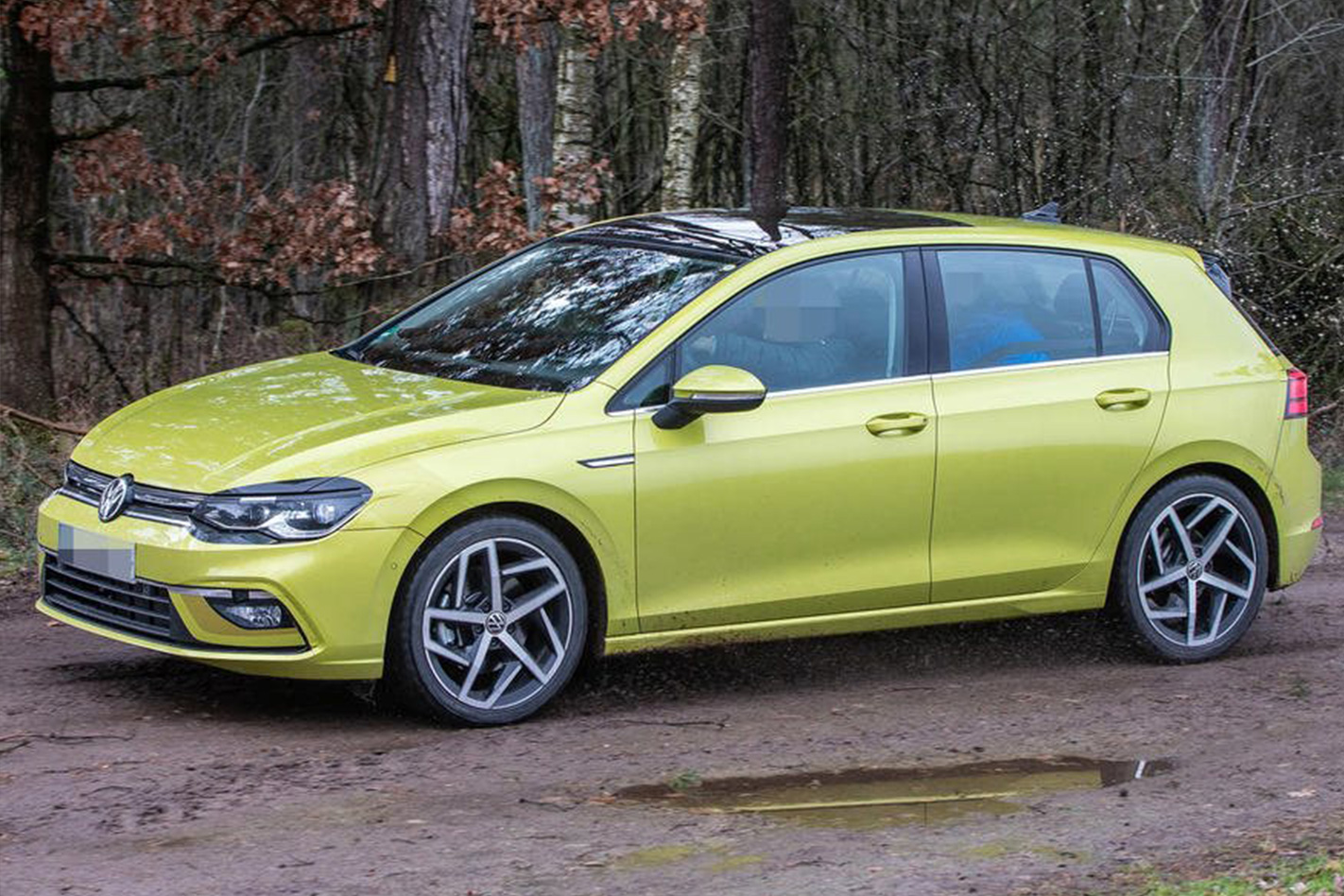
Talking to WhichCar in a decidedly chilly New Zealand environment, Volkswagen Group Australia product marketing manager Jeff Shafer said that the climate rating downgrade “will open up possibilities for us”.
“That’s a change that has been made across the brands for the Australian market which is great,” he said.
“Skoda’s been very quick of the mark. For us, whilst it will open some doors for us in the future, it won’t be as immediate.”
It’s too early to detail exactly what those possibilities will look like at this stage, said Shafer, but an undiluted version of the current Golf R is unlikely – the previous climate rating robbed 15kW from the Australian version compared with the R sold in Europe.
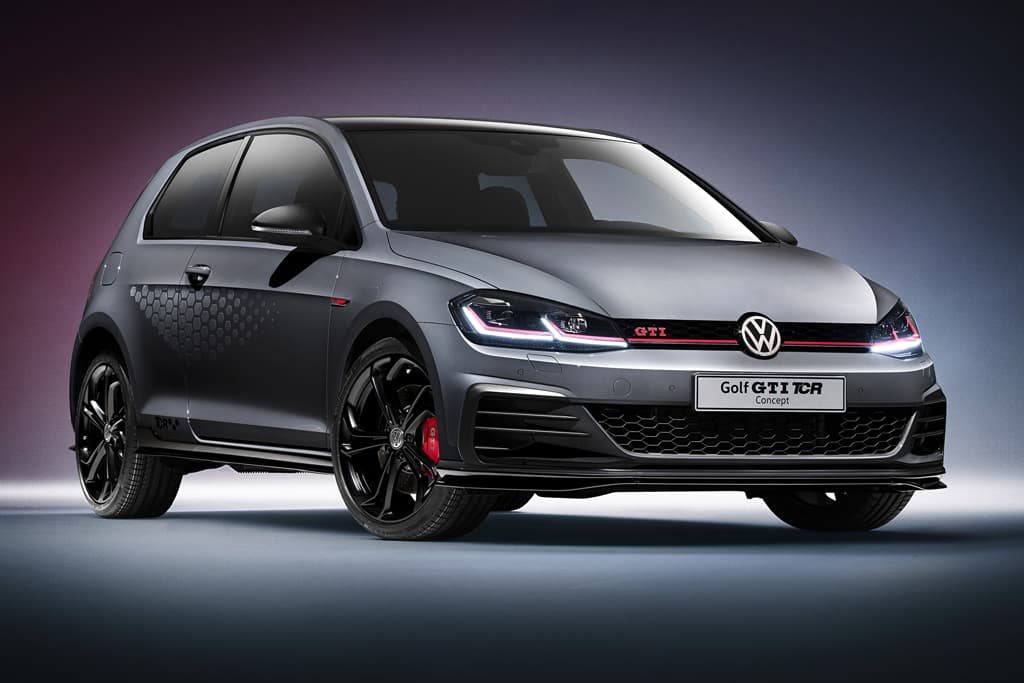
More likely, said Shafer, was an unfettered eighth-generation Golf R, which will roll into local showrooms next year.
“I wouldn’t expect a change in this generation, but in Golf 8 R we are in a good position to be asking for the same engine (as Europe),” he said.
The German car maker is yet to reveal specifications for the new R and GTI hot Golf pair, but recent testing of a five-cylinder mule, which borrows the Audi RS3 engine is confirmation at least, that VW is serious about the Golf’s potency in the next generation.
Not only will the repositioning of Australia’s climate in the eyes of VW allow the most powerful models to be sold here, but Shafer also explained that there are cost benefits to be passed on, as well.
In some cases, models are given special engineering attention to cope with intense Australian heat, but that additional expense will no longer be required for many models. That means more VW choice and at a more affordable price.

“The more commonality you have between a bigger market like Europe and our market, the less additional work is required and the lower the bar for a business case,” he explained. “It’s a lot more straightforward to get our hands on these products.”
According to Shafer, almost anything is possible but the cost has to be justified. Creating a 228kW version of the Golf R that can cope with the now-unnecessary heat and dust classification was possible, but it came at an unfeasible cost.
“It isn’t that we couldn’t do it, it’s simply that there is a higher bar to jump over and … potentially an additional cost to the consumer. The more we can harmonise, the easier it is,” he said.
The change to a different climate class does not mean Volkswagen vehicles will struggle on Australia’s hottest days, however, and Shafer explained that the process to reclassify our environmental conditions was simply a matter of providing new evidence to VW’s head office.
“We’ve been lobbying and working very hard to educate our colleagues back in head office about the actual conditions: Where do people live, where do people drive, what are the average temperatures,” he said.
After reviewing the information, which included heat maps provided by the Bureau of Meteorology, overlayed with population, roads and dealership locations, as well as actual vehicle service history, the decision was made to downgrade the requirements.
“It’s a good thing and it removes one of the barriers that we face”, Shafer declared.
Watch out for more high-performance models hitting Australian showrooms in the coming years.


